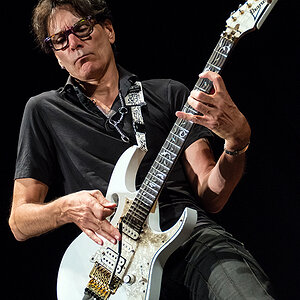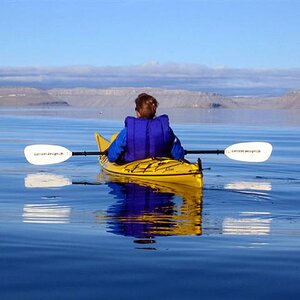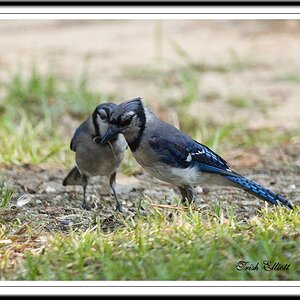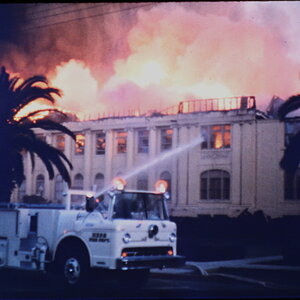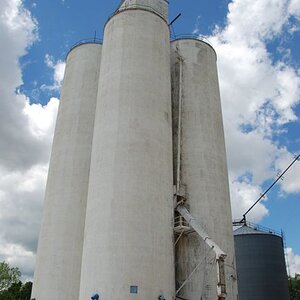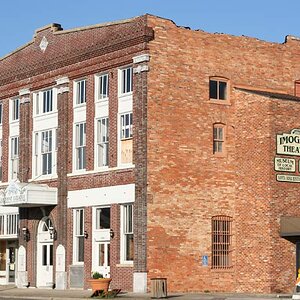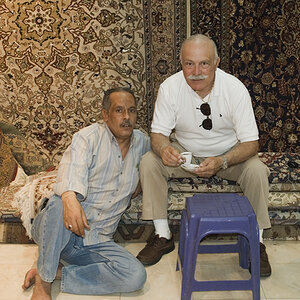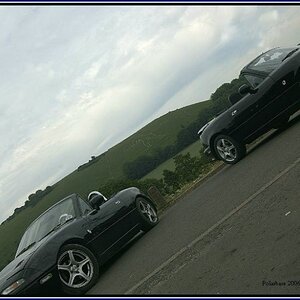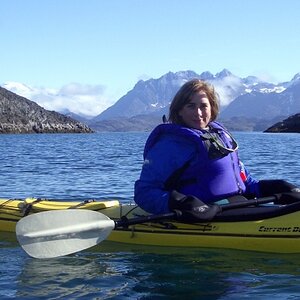plumeria
TPF Noob!
- Joined
- May 16, 2016
- Messages
- 14
- Reaction score
- 0
- Can others edit my Photos
- Photos NOT OK to edit
those lenses, 28 and 35, can be used both on DX and FX?
Yes. Either can be used on both DX and FX. If you get the DX version of the 35mm 1.8G (the cheaper one that is around $200), it will not work on FX as well as the 35mm 1.8G FX version (it's not made for FX).
Got it! Thanks for clarifying. Another question that I hope you don't mind answering for me...was looking at options of lenses. Could you explain to me what G, D, ED, and IF-ED mean?


